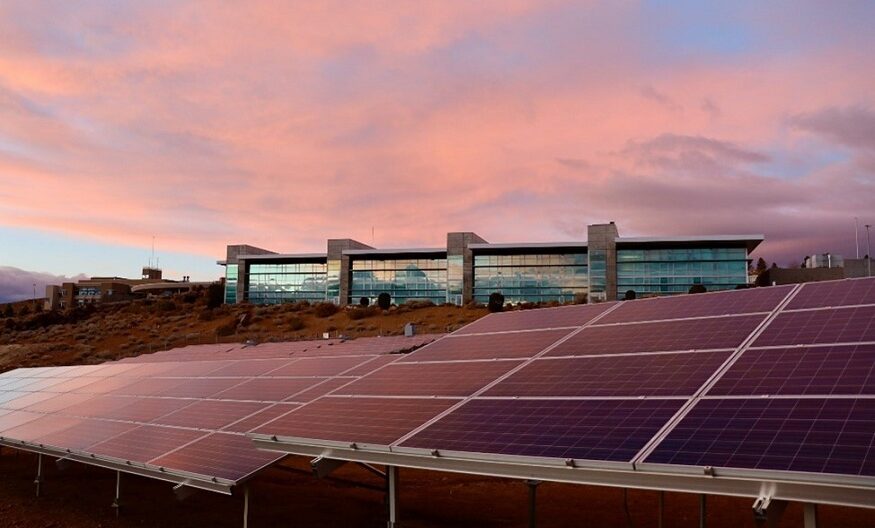
The world has a serious problem with its effort to build a renewable energy future—and it’s one that most people aren’t talking about. We’re discussing chemical energy storage and its inefficiency and waste. If our goal is to create a sustainable energy infrastructure for the world, then an unsustainable energy storage strategy is unacceptable.
Out of this contest, flywheel energy storage has emerged as the top contender among renewable energy solutions. However, many people in the world are still just figuring that out, which means there is massive room for flywheel producers to grow.
One company stands atop the field in producing and distributing flywheel energy storage technology. That company is Amber Kinetics. Before getting into their credentials, however, let’s go over why traditional chemical battery storage is a problem that needs to be solved.
Current Energy Storage Systems
Lithium-ion batteries dominate the field of renewable energy storage solutions, which is a problem because they aren’t exactly renewable. Lithium mining creates a tremendous amount of waste and pollution in the communities that mine it, which are often already suffering from poverty and social problems. Cobalt mining is the same.
Other renewable energy storage solutions are being touted, such as hydrogen fuel cells, ice storage technology, and thermal storage. Still, all of these have serious complications that prevent them from being realistic alternatives to chemical battery energy storage.
Flywheel energy storage is the only true contender for top dog among the renewable energy storage solutions.
What is Flywheel Energy Storage?
Modern flywheels are forms of kinetic energy storage. The weight of these massive items needs to be supported by magnetically levitated bearings. They use dual-function motors to spin mass around an axis and capture that kinetic energy for later uses in residential and industrial applications.
The core technology grew out of the pottery wheel technology of ancient Mesopotamia. They have grown tremendously in complexity and usefulness. Today, they offer the most realistic renewable energy storage solutions.
Flywheels can store energy for houses and businesses just like chemical batteries can—except better. Much better. Let’s discuss why that is.
Why are Flywheels such Exciting and Promising Solutions?
Flywheels have incredibly long lifespans—up to 30 years as of 2022 and are bound to grow even longer as the technology is developed. Flywheels don’t require heating or ventilation. They don’t need air conditioning. They work at greater than 86 percent round trip efficiency, and they do so in extreme weather. Flywheels are mechanical energy storage, meaning that they don’t require the environmentally damaging mining that is needed for chemical batteries.
Flywheels are very recyclable, unlike chemical batteries. They do not produce the carbon emissions and pollutants that chemical batteries and chemical battery minding and creation do. They are as clean as any energy storage solution ever created, which is a big deal when clean energy is the name of the game.
What Sets Amber Kinetics Apart from the Field in Flywheel Energy Storage?
Chief Scientist Dr. Seth Sanders and Chief Executive Officer Ed Chiao founded Amber Kinetics in 2008. Their professed mission is to “provide an emission-free, economical and safe energy storage solution—creating reliable energy infrastructure worldwide.” The time in the game has given Amber Kinetics ample opportunity to become leaders in flywheel energy storage.
Amber Kinetics created the first four-hour discharge, long-duration kinetic energy storage system for commercial use. As of 2022, Amber Kinetics had produced 916 megawatt-hours of energy. They powered 302 houses. Their flywheel fleet attained over 255,000 cumulative fields of operations hours.
Amber Kinetics has a distinct competitive advantage over its competitors because they have been developing and distributing this technology since long before the limitations of chemical batteries were discussed. They were pioneers in the field from the beginning and remain so today. Entering the game of flywheel production is not a cheap or easy task. However, even more, daunting is competing with a company that is still striving every day to be top of the field and improve operational and technological efficiency.
